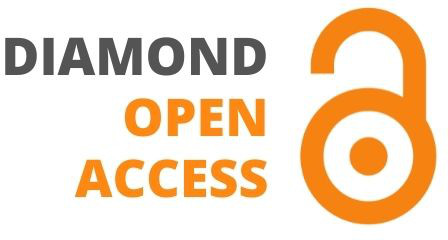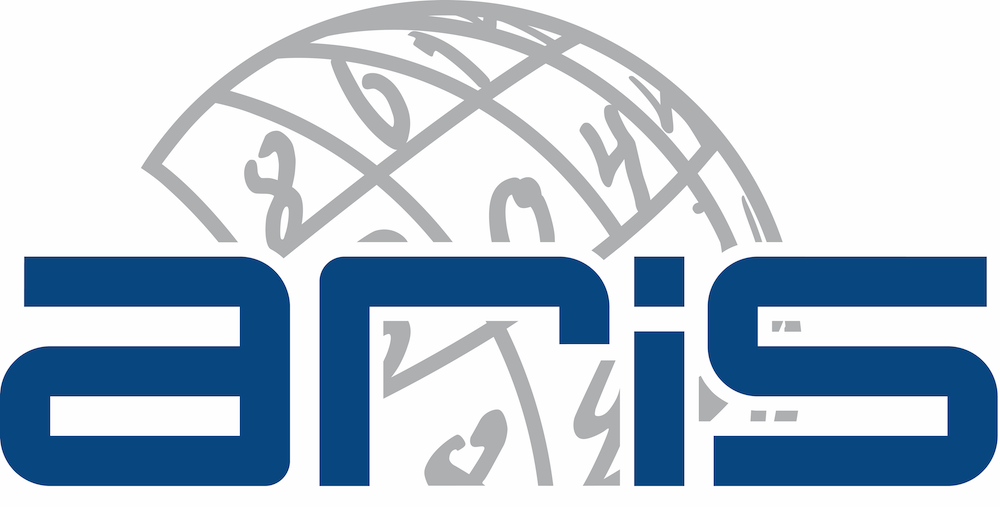Journal of Information Technology in Construction
ITcon Vol. 29, pg. 980-1004, http://www.itcon.org/2024/43
Formalizing virtual construction safety training: a schematic data framework enabling real-world hazard simulations using BIM and location tracking
| DOI: | 10.36680/j.itcon.2024.043 | |
| submitted: | April 2024 | |
| revised: | July 2024 | |
| published: | December 2024 | |
| editor(s): | Getuli V, Rahimian F, Dawood N, Capone P, Bruttini A | |
| authors: | Kilian Speiser, Ph.D. Candidate
Department of Civil and Mechanical Engineering, Technical University of Denmark (DTU) kilsp@dtu.dk Jochen Teizer, Professor Department of Civil and Mechanical Engineering, Technical University of Denmark (DTU) teizerj@dtu.dk | |
| summary: | Virtual construction safety training (VCST) as an active training method has considerable potential to be more effective than existing passive learning methods. VCST can also become equivalent to or part of on-the-job training once the system has been tested and is comparable to real-world training methods. However, including such real-world scenarios is commonly integrated into VCST by experts creating made-up scenarios. This approach requires considerable resources from different domains and may not represent the scenarios with sufficient realism, risking the relevance of and efforts spent on creating the training system. Despite several existing approaches to integrate real-world data, no formalization of the relevant Data Modeling (DM) concepts, their relations, and their functionalities within VCST have been published. Such a formalization, however, can ease the creation of training developers and enable them to simulate scenarios from real-world construction sites. This research proposes that VirtualSafeConDM formalize such concepts using existing ontologies. VirtualSafeConDM is developed using an existing data schema development method based on the Linked Open Term methodology. It comprises four steps: (a) Specification of requirements as Competency Questions (CQs), (b) knowledge acquisition and conceptualization from existing ontologies such as IfcOwl or a hazard ontology, (c) implementation in a C# library for the game engine Unity, and (d) the evaluation of the proposed VirtualSafeConDM. The evaluation contains a manifold qualitative approach. The consistency of the VirtualSafeConDM is evaluated through consistency checks. The extendibility and clarity are evaluated using a qualitative criteria-based method. Last, the usability and coverage are evaluated using a task-based method of answering the CQs. This task-based evaluation approach includes the creation of a real-world hazard-integrated virtual training environment (RHI-VTE) based on a metro renovation project in Germany. The authors recreated a task where a worker and several machines were active. The case study demonstrates that VirtualSafeConDM connects to real-world data sources using an as-built Building Information Modeling (BIM) model and Real-Time Location System (RTLS) data to expose trainees to hazards based on historical real-world construction activities. This integration formalizes hazard entities, allowing for comprehensive behavior analysis. Secondly, VirtualSafeConDM ensures efficient knowledge transfer across construction domains and use cases. | |
| keywords: | Active personalized learning, behavioral assessment, construction safety, construction workers, game engines, ontologies, personalized feedback, real-world hazards, serious games, training and education, virtual reality, virtual training environments | |
| full text: | (PDF file, 1.285 MB) | |
| citation: | Speiser K, Teizer J (2024). Formalizing virtual construction safety training: a schematic data framework enabling real-world hazard simulations using BIM and location tracking, ITcon Vol. 29, Special issue Managing the digital transformation of construction industry (CONVR 2023), pg. 980-1004, https://doi.org/10.36680/j.itcon.2024.043 | |
| statistics: |





